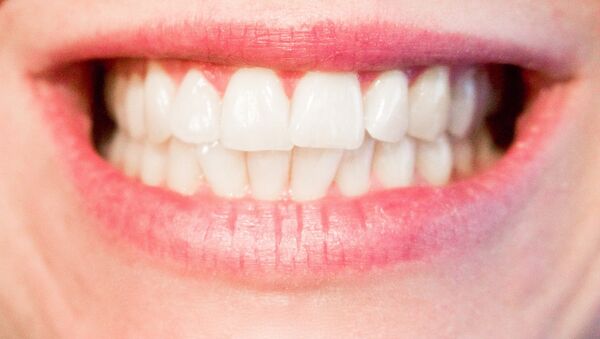"I believe that dissolvable implants made of magnesium can really improve the quality of life for patients with facial fractures," Silvia Galli, a leading researcher at the School of Dentistry at Malmö University, where she recently completed her dissertation on magnesium implants, told Swedish Radio.
The Swedish research team carried out a series of studies where they used X-rays and light microscopes and conducted experiments involving rabbits. They established that magnesium dissolves over time, making way for new bone tissue.
According to Galli, the amount of metal used in implants is so insignificant that it leaves the body without a trace of the traumatic event having taken place, without any side effects for the kidneys.
"We have seen the implant material disappear, having formed calcium and phosphate, which are similar to bone structure," lead researcher Silvia Galli told Swedish Radio.
According to Lars Magnus Bjursten, a professor of biological implant research at Lund University in southern Sweden, there are wide opportunities for the use of dissolving implants.
"It is important to always look for alternatives, particularly in orthopedics. And magnesium seems to be useful material," Lars Magnus Bjursten told Swedish Radio, stressing, however, the need for more research before proceeding with clinical tests on human patients in Malmö.
Magnesium is the eleventh most abundant element by mass in the human body, and is essential to some 300 enzymes. Magnesium is less dense than aluminum, and its alloys are prized for their combination of lightness and strength. Magnesium is also the ninth most abundant element in the universe, the eighth most abundant element in the Earth crust and the fourth most common element in the Earth (after iron, oxygen and silicon), making up 13 percent of the planet's mass.
Never miss a story again — sign up to our Telegram channel and we'll keep you up to speed!




